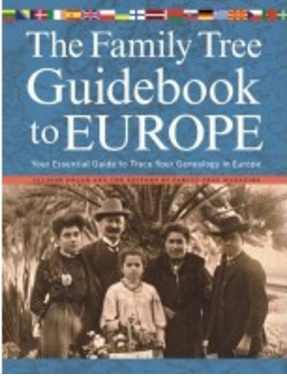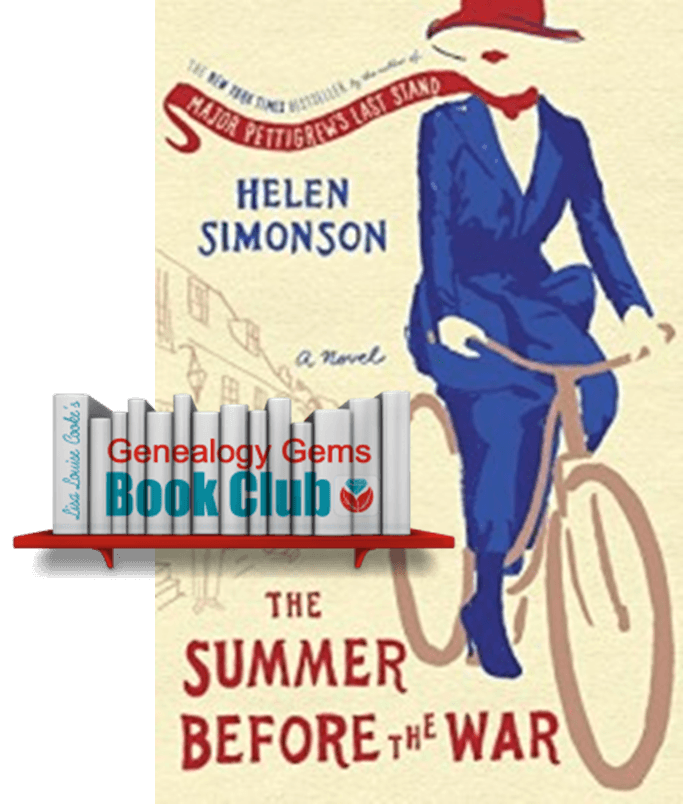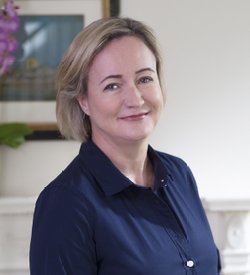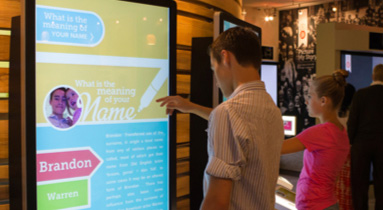Each record will provide you with a transcript created from original church records. The details in each record will vary, but most will include name, birth year, baptism date, denomination, chapel, place, parent’s name, and county.
United Kingdom – Yorkshire & Derbyshire – Methodist Marriages
Also at Findmypast, the Yorkshire & Derbyshire Methodist Marriages collections contains over 22,000 records. These records also cover the Sheffield district. Within the collection, you will find records from eight branches of the Methodist Church: Free Methodist, Methodist, Methodist New Connection, Primitive Methodist, United Free Methodist, United Methodist, Wesleyan Methodist, and Wesleyan Reform Methodist.
Within the collection, you will find records from eight branches of the Methodist Church: Free Methodist, Methodist, Methodist New Connection, Primitive Methodist, United Free Methodist, United Methodist, Wesleyan Methodist, and Wesleyan Reform Methodist.
United Kingdom – Newspapers
Over 1.5 million new articles have been added to Findmypast’s collection of historic British Newspapers. Three brand new titles have also been added; the Cricket and Football Field, Lloyd’s List and the Homeward Mail from India, China and the East.
Lloyd’s List is one of the world’s oldest continuously running journals, having provided weekly shipping news in London as early as 1734. The Homeward Mail from India China and the East will be a huge help for those researching the history of empire, or for those with British or Irish ancestors who lived in India.
United Kingdom – Middlesex – Monumental Inscriptions
Findmypast offers over 12,000 records of Middlesex Monumental Inscriptions for 1485-2014. These monumental inscriptions are from St Nicholas Church, Chiswick.
The records cover the years 1485 to 2014 and include transcripts for each entry. While the amount of available information will vary from transcript to transcript, most will include a combination of name, birth year, death year, dedication, place, monument type, and inscription.
Inscriptions might include the names of others buried in that plot and more specific details regarding age, birth, and death dates. This can be helpful as it can provide you with the names and dates of your ancestor’s next of kin.
Belgium – Civil Registration
FamilySearch’s database titled, Belgium, Namur, Civil Registration, 180 0-1912 is one of the extraordinary European records collections this week. This collection contains primarily civil registration records of births, marriages, and deaths. A few other records are included are marriage proclamations and marriage supplements.
0-1912 is one of the extraordinary European records collections this week. This collection contains primarily civil registration records of births, marriages, and deaths. A few other records are included are marriage proclamations and marriage supplements.
Among the details found in these civil registrations, you will likely find names, dates of vital events, residences, parents’ names, and residences, occupations, and much more.
France – Parish Records
The European records for genealogy continue in this new and updated collection at FamilySearch, the France, Finistère, Quimper et Léon Diocese, Catholic Parish Records, 1772-1894. Though the record set is rather small with only a little over 11, 000 records, this collection consists of name indexes and images of Catholic parish registers recording events of baptism, marriage and burial in the Diocese of Quimper et Léon. Parishes in this diocese lie within the department of Finistère and this collection only contains parishes that start with the letter “A” or “B”.
The following parishes are included:
- Argol
- Arzano
- Audierne
- Bannalec
- Brest-paroisse-Notre-Dame-des-Carmes
- Brest Hospice Civile
- Brest-paroisse-Lambézellec
- Brest-paroisse-Saint-Louis
- Brest-paroisse-Saint-Martin
- Brest-paroisse-Saint-Pierre
Further revisions to the collection will follow as other parishes are published in future.
Netherlands – Misc. Records
FamilySearch has added more European records in the Netherlands, Archival Indexes and they include such records as civil registration, church records, emigration lists, military registers, land records, and tax records. These records cover events like birth, marriage, death, burial, emigration and immigration, military enrollment and more.
The collection continues to grow as records become available, but as of now, the only indexes published on FamilySearch are the Amsterdam Christening Registers from 1564 to 1811 and the burial index from the Regional Archives Rijnlands Midden. For the entire index collection, visit OpenArchives.
Russia – Church Books
Also at FamilySearch, the Russia, Tver Church Books, 1722-1918 are now available. Though only a relatively small number of these records have been indexed, there are over 3 million that have been digitally scanned and are browse-able. Records include births and baptisms, marriages, deaths, and burials performed by priests in the province of Tver (and surrounding provinces) from 1722-1918. These records were originally created at a local level, but were acquired from the state archive in Tver. An index of baptisms is also included.

United States – Maine – Brunswick
There is a unique story of a person who felt the call to serve the genealogy community. Mr. Richard Snow has collected and created an extensive index of articles, pictures, and obituaries from the Brunswick [Maine] Telegraph and the Brunswick Record — forerunners to today’s The Times Record. He then donated his work to the Curtis Memorial Library and it is accessible to you!
The Snow Index will give many a chance to delve into their family’s pasts by accessing the library’s website, a substantial shortcut over previous practices like coming into the library or browsing newspaper websites. This is an index to citations only and not index that leads to full online text. However, with this index as a help, you will likely be able to find the full content with the assistance of the Curtis Memorial Library. Isn’t it great to hear about genealogist’s doing great things? Thank you, Mr. Snow!
United States – Wisconsin – Vital Records
A recent change in state statutes will allow Wisconsin residents to more easily obtain public documents. All Wisconsin register of deeds offices can now issue birth, death, marriage, and divorce records regardless of the county in which the event occurred, as long as the event occurred in Wisconsin.
A statewide database has been created that will allow all offices to access the records. Not all records are available, but the following are:
- Wisconsin births since 1907;
- Deaths since Sept. 1, 2013
- Marriages since June 21, 2015;
- Divorces since Jan. 1, 2016
Be sure to contact the county register of deeds office you plan to visit to make sure they are offering the database at this time. It will likely take a while to get everything up and running!
Ghana – Census
FamilySearch has also added more indexed records to the Ghana Census, 1984. This population census for Ghana is a complete enumeration of the 12.3 million people residing in Ghana as of midnight March 11, 1984. The census is divided into 56,170 localities. According to the government of Ghana, a locality is defined as any “nucleated and physically distinct settlement.” Localities may include a single house, a hamlet, a village, town or city. In some areas of the Upper West and Upper East Regions, these localities are based on kinship groups. Only those individuals, including foreign visitors, who were present in Ghana on March 11, 1984, were included in this census.
There have been some records lost in Ghana and so not all localities are available. Important: Be aware that the printed date on the census enumeration form usually says 1982, but this census was formally conducted in 1984.
The 1984 Ghana census may hold the following information:
- Detailed address of
 the house
the house
- Name of town/village
- Full name of members present on census night
- Relationship to head of household
- Gender, age, birthpla
ce, and nationality of each individual
- Level of education
- Occupation
- Employment status
- Names of visitors on census night
- Names of members absent on census night
More on Researching European Records for Genealogy
 Chart your research course to find your European ancestors with the how-to instruction in this book. This one-of-a-kind collection provides invaluable information about more than 35 countries in a single source. Each of the 14 chapters is devoted to a specific country or region of Europe and includes all the essential records and resources for filling in your family tree.
Chart your research course to find your European ancestors with the how-to instruction in this book. This one-of-a-kind collection provides invaluable information about more than 35 countries in a single source. Each of the 14 chapters is devoted to a specific country or region of Europe and includes all the essential records and resources for filling in your family tree.
Inside you’ll find:
- Specific online and print resources including 700 websites
- Contact information for more than 100 archives and libraries
- Help finding relevant records
- Traditions and historical events that may affect your family’s past
- Historical time lines and maps for each region and country
Disclosure: This article contains affiliate links and Genealogy Gems will be compensated if you make a purchase after clicking on these links (at no additional cost to you). Thank you for supporting Genealogy Gems!



 0-1912
0-1912
 the house
the house
 breakout first novel.
breakout first novel. Despite the awful realities her characters face, Helen Simonson somehow writes a novel that is easy and enjoyable to read. I ask her how she did that–and lots of other questions–in an exclusive interview coming this June on the Genealogy Gems podcasts. You’ll hear more about the idyllic setting she chose and her personal connection to it; how she researched the historical setting; and what it’s like to be an emigrant who longed to leave home and now misses it dearly.
Despite the awful realities her characters face, Helen Simonson somehow writes a novel that is easy and enjoyable to read. I ask her how she did that–and lots of other questions–in an exclusive interview coming this June on the Genealogy Gems podcasts. You’ll hear more about the idyllic setting she chose and her personal connection to it; how she researched the historical setting; and what it’s like to be an emigrant who longed to leave home and now misses it dearly.
 Getting Started: Genetics for Genealogists;
Getting Started: Genetics for Genealogists;